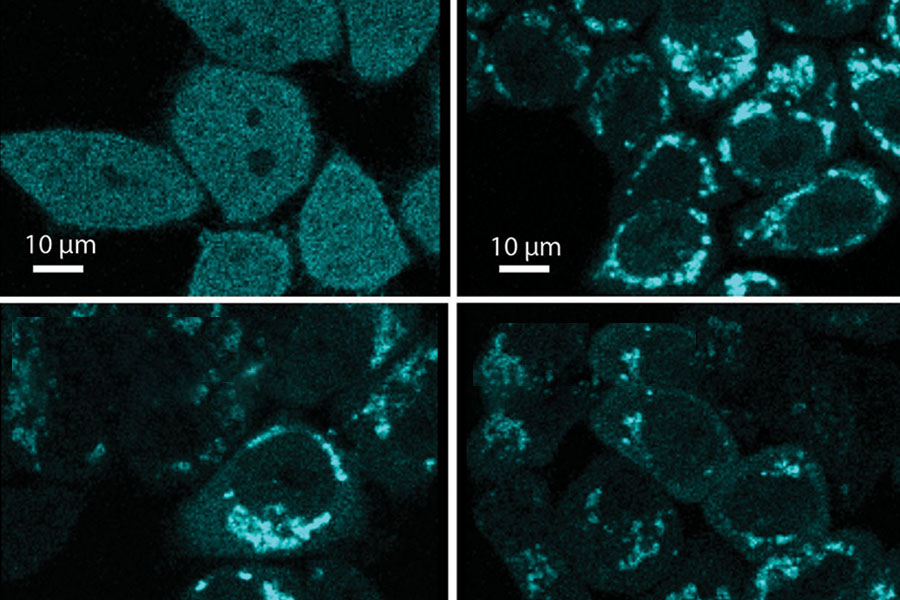Tox21 Program Goals
The goal of Tox21 is to develop more efficient and less time-consuming approaches to predict how chemicals may affect human health.
About Tox21 Program Goals

Initially, the main focus of Tox21 was to help prioritize chemicals for more extensive testing using traditional methods. However, Tox21’s ultimate aim is to develop strategies for agencies to use in regulating chemicals and reducing the current reliance on animal testing for toxicological evaluations.
To achieve these goals, the objectives of the Tox21 program are to:
- Identify environmental chemicals that lead to biological responses and determine their mechanisms of action on biological systems
- Prioritize specific compounds for more extensive toxicological evaluation
- Develop models that predict chemicals’ negative health effects in humans, including diseases
- Annotate all human biochemical pathways and design assays (tests) that can measure these pathways’ responses to chemicals
To address evolving challenges in toxicology more broadly, the Tox21 partners developed a new strategic and operational plan that expands the focus of the program’s research activities. These new areas of focus are:
- Develop alternative test systems that predict human toxicity and dose response
- Address key technical limitations of current in vitro test systems
- Curate and characterize long-lasting in vivo toxicity studies
- Set scientific confidence in in vitro test systems and combined assay series
- Refine and launch in vitro methods for characterizing pharmacokinetics and in vitro dispositions
To assist in the new strategic direction and the expansion in focus of the Tox21 partnership, a central functional group called the cross-partner project was created. Cross-partner projects are defined research activities that fall into one of the five areas of focus and must have project support from two or more Tox21 partners. The projects have three-year terms and are reviewed annually by the Tox21 leadership, allowing a more formal research planning and execution process.
Tox21 Scientific Themes
Within Tox21, the current screening effort includes two themes:
- Generating fit-for-purpose cellular models for primary and secondary screening
Tox21 experts are developing a range of hepatocyte (liver), neuron, endothelial (vascular), keratinocytes (skin) and cardiomyocyte (heart) cell models — including “disease-in-a-dish” models, 3-D culture methods and multicellular co-culture models, most derived from inducible pluripotent stem cells — to further characterize hits from primary screening of 10,000 compounds (Tox21 10K library). - Developing high-throughput gene expression capabilities Tox21 scientists have developed high-throughput gene expression capabilities, including RNAseq and single-cell RNAseq, to serve both Tox21 partners and NCATS projects. The data analysis team has implemented a pipeline to allow data processing and statistical and systems analyses, which includes concentration-response point-of-departure determination and pathway analysis using BioPlanet.


